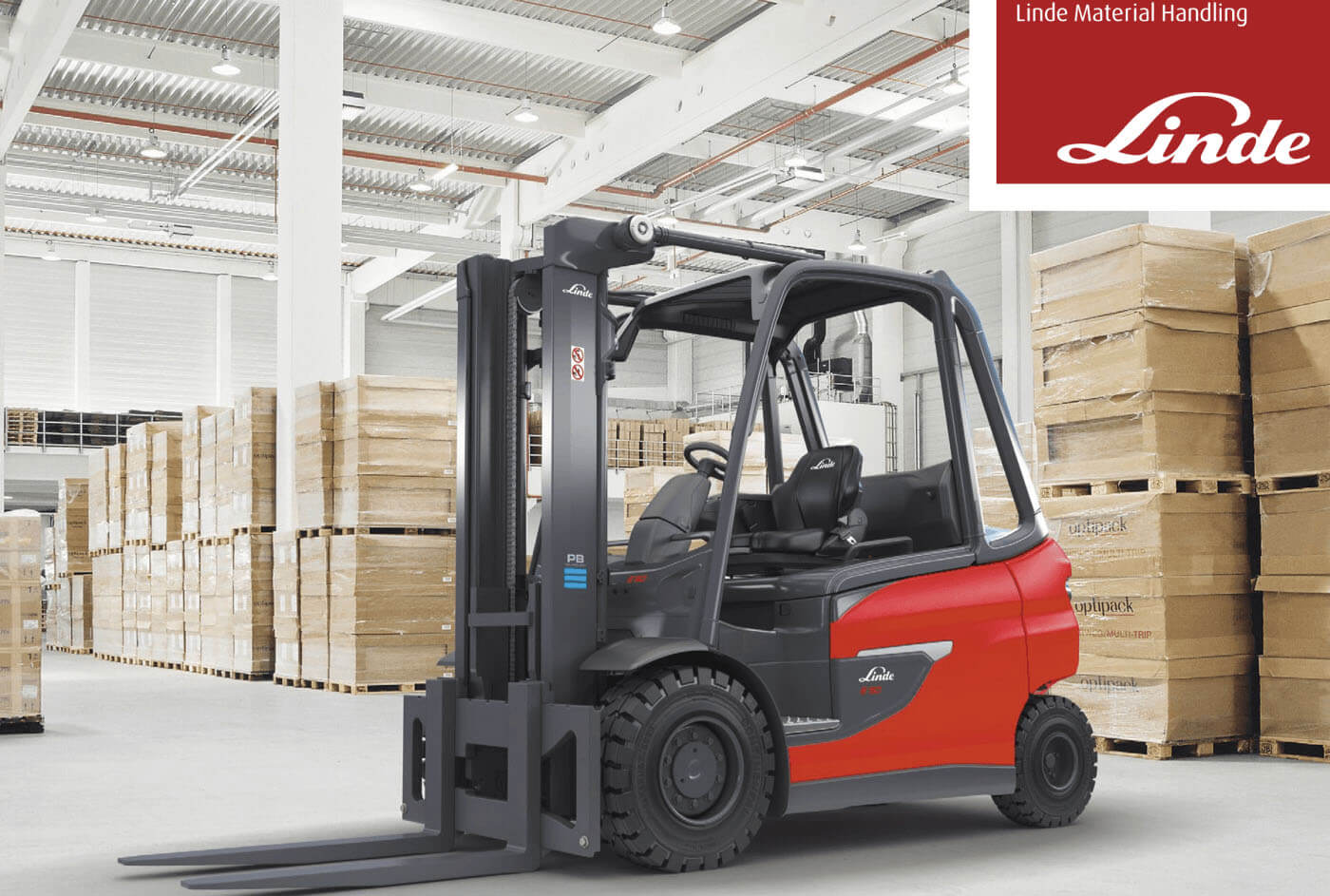Forklift Safety: Understanding the Hazards of Forklift Operation
Forklifts are essential tools in warehouses and industrial facilities, streamlining the movement of heavy loads and enhancing productivity. However, with their power and maneuverability comes a significant level of risk if not operated safely. Understanding the hazards associated with forklift operation and implementing strict safety measures are paramount to preventing accidents and ensuring the well-being of workers. In this comprehensive guide, we'll delve into essential forklift safety tips, training, and best practices to promote a culture of safety in the workplace.
The Hazards of Forklift Operation
Forklifts, despite their utility, present several hazards that operators and bystanders must be aware of:
Tipping Over: Forklifts have a high center of gravity, making them susceptible to tipping over if not operated correctly. This can occur during sharp turns, sudden stops, or when carrying unbalanced loads.
Falling Loads: Improperly secured or stacked loads can fall from the forks, posing a significant risk to nearby workers. Falling loads can cause serious injuries or fatalities.
Collisions: Forklifts operating in congested areas are prone to collisions with other vehicles, pedestrians, or stationary objects such as racks and walls. Collisions can result in injuries, property damage, and operational disruptions.
Pedestrian Safety: Workers who are not trained in forklift operation may not be aware of the hazards posed by these machines. Pedestrian-vehicle accidents are a common concern and can lead to severe injuries or fatalities.
Mechanical Failures: Neglected maintenance can result in mechanical failures or malfunctions, increasing the risk of accidents. Regular inspections and servicing are essential to ensure forklifts are in optimal working condition.
Essential Forklift Safety Tips
To mitigate the hazards associated with forklift operation, operators must adhere to strict safety protocols. Here are some essential forklift safety tips:
Operator Training: All forklift operators should undergo comprehensive training covering safe operation practices, load-handling techniques, and emergency procedures. Training should be conducted by qualified instructors and include both theoretical and practical components.
Pre-operation Inspection: Before each shift, operators should perform a pre-operation inspection of the forklift to check for any signs of damage or mechanical issues. This includes inspecting tires, brakes, steering, lights, and forks. Any defects should be reported and addressed promptly.
Load Handling: Proper load handling is crucial for preventing accidents. Operators should ensure that loads are securely positioned and balanced on the forks, with the heaviest part of the load closest to the mast. Overloading the forklift or carrying unstable loads should be avoided.
Safe Speeds and Maneuvering: Operators should adhere to speed limits and exercise caution when maneuvering the forklift, especially in tight spaces or congested areas. Sudden stops or sharp turns should be avoided to prevent tip-overs or loss of control.
Pedestrian Awareness: Forklift operators must remain vigilant and watch out for pedestrians in the vicinity. Pedestrian walkways should be clearly marked, and workers should be trained to stay clear of forklift traffic areas. The use of horns and warning lights can help alert pedestrians to the presence of a forklift.
Proper Parking: When not in use, forklifts should be parked in designated areas with the forks lowered to the ground. Parking brakes should be engaged, and the forklift should be turned off to prevent unauthorized use.
Emergency Procedures: Operators should be trained in emergency procedures, including how to safely exit a forklift in the event of a tip-over or mechanical failure. Emergency stop buttons and fire extinguishers should be readily accessible on all forklifts.
Regular Maintenance: Employers should establish a routine maintenance schedule for forklifts to ensure they are properly maintained and serviced. This includes oil changes, filter replacements, and inspections of critical components.
5 Best Practices for Forklift Safety
In addition to the essential safety tips outlined above, implementing best practices can further enhance forklift safety in the workplace:
1. Safety Culture: Foster a culture of safety where all employees are actively engaged in identifying and addressing safety hazards. Encourage open communication and empower workers to report any safety concerns or near-miss incidents.
2. Continuous Training: Safety training should be an ongoing process, with regular refresher courses and updates to keep operators informed of the latest safety regulations and best practices.
3. Invest in Technology: Consider investing in forklift safety technology, such as proximity sensors, speed limiters, and cameras, to enhance visibility and prevent accidents. These technological advancements can provide an additional layer of protection for both operators and pedestrians.
4. Regular Audits and Reviews: Conduct regular audits and reviews of forklift operations to identify areas for improvement and ensure compliance with safety standards. Solicit feedback from operators and employees to gain insights into potential safety hazards or operational inefficiencies.
5. Reward Safety Performance: Recognize and reward employees who demonstrate a commitment to forklift safety. Incentive programs can motivate workers to prioritize safety and contribute to a safer work environment.
Promoting Forklift Safety with BMH
As a leader in warehouse equipment and safety products, BMH is dedicated to promoting forklift safety and enhancing workplace operations. With a wide range of products and solutions tailored to the needs of warehouses and industrial facilities, BMH helps businesses create safer work environments and improve productivity.
From warehouse safety products to forklift parts and maintenance services, BMH offers comprehensive solutions to mitigate the hazards associated with forklift operation. Whether you need safety barriers, warning signs, or protective equipment, BMH has you covered. Visit BMH's website to explore their full range of warehouse equipment and safety products.
Conclusion
Forklifts are indispensable tools in warehouse and industrial settings, but they also pose significant risks if not operated safely. By understanding the hazards associated with forklift operation and implementing strict safety measures, businesses can create a safer work environment and prevent accidents. From comprehensive training programs to advanced safety technologies, investing in forklift safety is essential for protecting the well-being of workers and enhancing warehouse operations. With a commitment to safety and the right tools and resources, businesses can promote a culture of safety and ensure the success of their operations.




